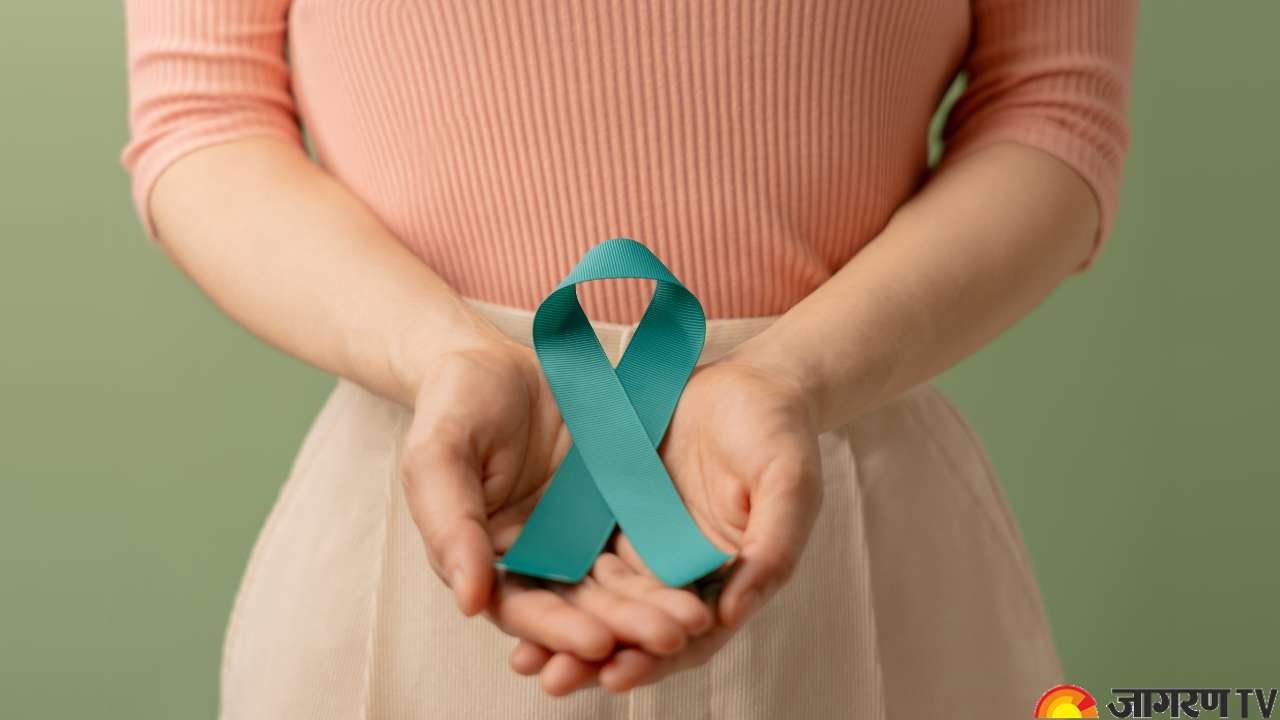Why Cervical Cancer Mostly Affects Women, Know The Causes, Symptoms, Treatments and More

World Cancer Day 2024: Recently, actress Poonam Pandey shocked everyone by announcing her death news on her Instagram account, sharing a post that said the actress died due to cervical cancer. However, one day later, she posted another video of herself saying that she is alive and that she wanted to raise awareness for cervical cancer among people. Although netizens including several Bollywood personalities called her publicity stunt “disgusting,” her fake death news has drawn attention to the rarely talked-about disease. On February 1, the government announced in the Union Budget that it would encourage cervical cancer vaccination for girls aged 9 to 14.
Let us know more about cervical cancer and why only women are prone to it on a large scale.
What is Cervical Cancer?
Cervical cancer affects the cells lining the cervix, the lower part of the uterus that connects to the vagina. According to IndiaToday, cervical cancer is the second most common malignancy among Indian women, affecting women in their middle years. In 2022, 6,04,127 cases of cervical cancer were reported worldwide, with India accounting for 21% of all cervical cancer cases, registering 1,23,907 cases and 77,348 deaths.
Cervical Cancer Symptoms
Cervical cancer is typically contracted through sexual activity. The primary cause of cervical cancer is the human papillomavirus or HPV. The virus has no symptoms and is easily transferred from one person to another during intercourse. In its early stages, cervical cancer doesn’t cause many symptoms, making it difficult to detect.
Typical cervical cancer symptoms include:
Abnormal bleeding during menopause, after sex, or in between periods
Vaginal discharge that is unusual in appearance or scent
Pelvic pain
More frequent urination
Discomfort while urinating
In addition, women may experience abnormal vaginal bleeding, which can be concerning. These symptoms include postmenopausal bleeding, persistent white discharge, and spotting after sexual activity. In its advanced stages, unexplained weight loss and fatigue are common and indicate how the disease is affecting the body’s overall health.
Cervical Cancer Treatment and Early Detection
The Indian government announced plans to promote vaccinations against the human papillomavirus (HPV) through its immunization program. Accordion to officials, the central government is looking into ways to cap prices so that vaccines to treat cervical cancer become more accessible.
Cervical cancer can be prevented by vaccination against HPV, safe sex practices, limiting the number of sexual partners, quitting smoking, maintaining a healthy weight and diet, and raising awareness through educational campaigns. For early detection, pap smears, HPV screenings, and routine check-ups are essential. Early diagnosis and treatment improve outcomes and increase the likelihood of a successful course of therapy. Women and their healthcare providers should have open lines of communication so that any troubling symptoms are promptly addressed.









